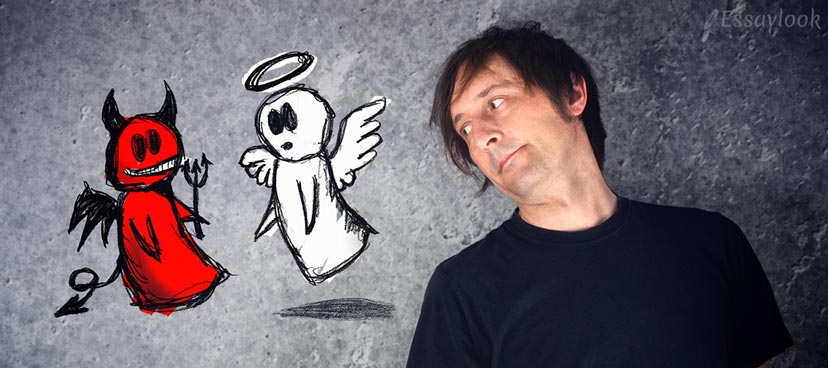
Why would your teacher want to you to compare two books? Well, first of all, the fact that you can compare them means you have read them. The second ingredient to the comparison soup is the ability to analyze the content and know it well enough to use the quotes or mentioning of the scene as the evidence. The last reason is to see how you can put your thoughts into a logical flow and how well you can manage to convince your reader that your opinion is correct (if such thing as opinion can be correct, at all).
First Step
Your first goal in this task will be to build up a decent profile of both books as each essay writer does. You can do this by making a couple of straightforward arrangements of attributes that may be equivalent. For every novel, recognize a rundown of characters and their parts in the story or essential qualities, and any critical battles, eras, or real images (like a component of nature).
Finding Identical Subjects
You may likewise aim at perceiving the book subjects that could be practically identical. Here are some examples of subjects:
- Man versus nature (what is every principal character doing to combat the laws of nature?)
- Individual versus society (does every main character feel like a persona non grata?)
- The battle between the great and the malevolent (are your characters noticed in good versus evil situations?)
- Transitioning (do major characters encounter a harsh lesson that makes them develop?)
Take Note of:
Your task will no doubt give you course on whether you ought to discover particular characters, story attributes, or general topics to think about. If it is not that particular, do not feel stressed! You have some more room for imagination and logic to step out.

Looking at Two Novel Topics
The educator's objective when relegating this paper is to urge you to think and disjoint the whole, as a text of the novel, into components. You no longer read for a surface comprehension of what happens in a novel; you are doing this to comprehend why things happen and what the most profound importance is behind a character, a setting, or an occasion. To put it plainly, you are expected to provide a fascinating relative examination.
Example of the Analysis Stages
For instance, we will take a glimpse at The Adventures of Huckleberry Finn and The Red Badge of Courage. These books contain a "transitioning" topic, since both have characters who grow the ability of mindfulness through extreme lessons. A few correlations you could make:
- Both characters need to investigate the thought of "socialized conduct" in the social orders where they exist.
- Every central character needs to scrutinize the conduct of his male fellows, perceiving them as good examples, and his male associates.
- Every fundamental character leaves his adolescence home and experiences challenges.
To make a paper about these two books and their related topics, you would need to make your particular rundown of similitudes like those above, utilizing a summary, outline, or a Venn Disgram.

Write up your general hypothesis about how these subjects are practically identical to make your proposal explanation. Here is a case:
"Both characters, Huck Finn and Henry Fleming, leave on an excursion of disclosure, and every kid finds new understanding with regards to customary thoughts about respect and boldness."
You will utilize your regular trademark summary to guide you as you make body paragraphs.
Looking at Main Characters in Books
In case your task is to think about the characters of these books, you would make a rundown or Venn Diagram to make more examinations:
- Both characters are young fellows
- Both question society's idea of respect
- Both witness a conduct that makes them doubt their good examples
- Both have supporting female impact
- Both question their previous convictions
Looking at two books is not as troublesome as it sounds at first. It might come up as a surprise, but it is possible to find similarities even in case the books are different like red and green. The secret to coming up with the right analysis is to start with the thought that all of the authors are people, so it is understandable that all of them raise problems, that are close to everyone: love, despair, hope, trust, friendship and family bonds, political roles and the role of a person as a part of the society. When you create a rundown of attributes, you can without much of a stretch see a diagram developing!
